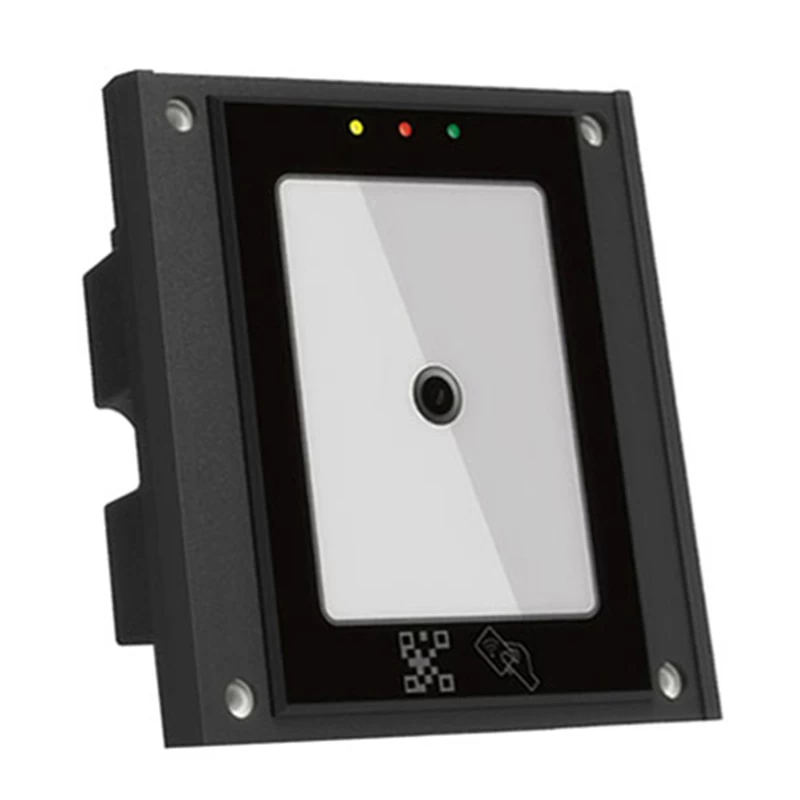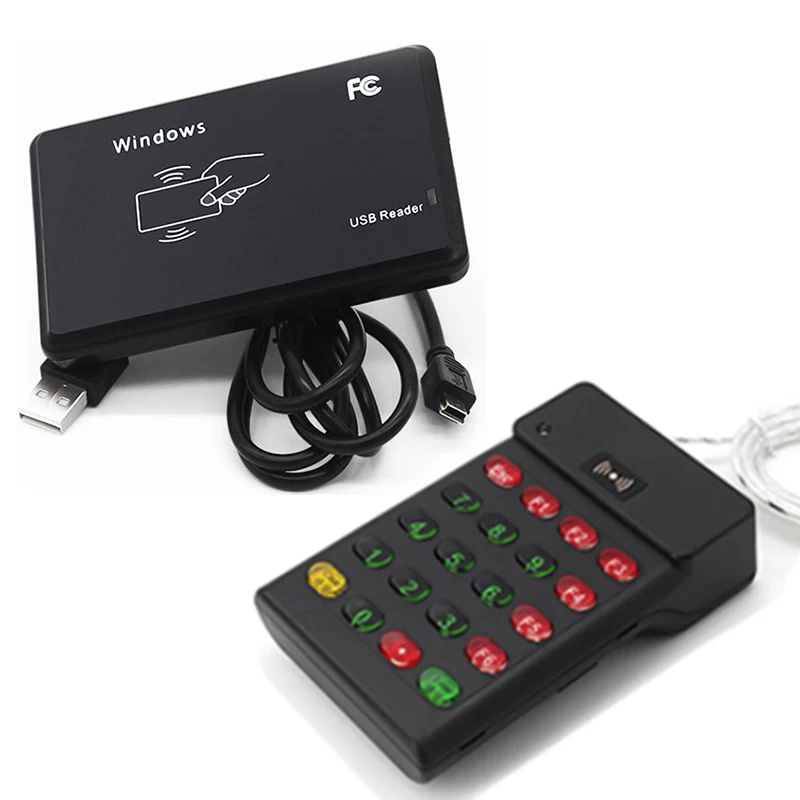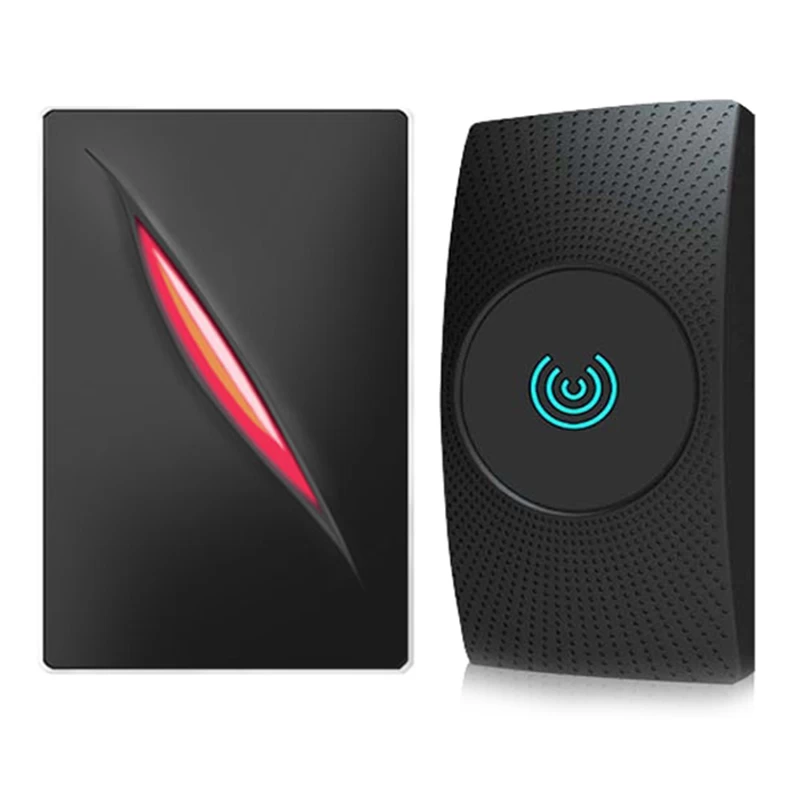RFID is not only a technology, but also a necessary innovation
When we face the actual application scenarios of RFID, we can't just regard it as a technology. The core of RFID is actually data. These data can enter almost every link, including production, warehousing logistics, retail, etc., which is particularly important for the development and use of data.
How to reconstruct the production relationship after data collection?
For companies, it is easy to fall into a misunderstanding, that is, they think that the successful launch of the RFID system can declare their success. In fact, this is just a starting point, because the greatest potential of RFID lies in the link after data collection.
Although for enterprises, after launching RFID, it can indeed reduce the monotonous and repetitive work in some scenarios and application links. The most intuitive feeling is that RFID has improved production efficiency and enhanced the reliability of these application links.
However, from another perspective, this is not where the greatest potential of RFID technology lies. With the help of RFID technology, companies have obtained a large amount of data, and more importantly, revitalize the collected data and make business adjustments based on these data. It requires in-depth thinking about it and combining ideas with experience.
On the road of promoting the digital transformation of enterprises, RFID has opened up new frontiers. The data collected through RFID reveals some relationships, which makes the originally elusive things concrete and sensible, and realizes the visualization of production, logistics, and retail processes. It is an unprecedented change.
RFID brings a lot of data, but what information does these data reveal? How should these data be used? What possibilities they can bring? These are questions that require us to continue to think deeply.
In recent years, due to the rapid development of digitization and automation technology, the production model of the manufacturing industry has also been constantly changing, and the newer C2M model has gradually attracted people's attention.
The C2M production model not only has an important impact on the production side, but more importantly, it reconstructs the production relationship by opening up the data link. The core of the C2M model is that it simplifies the intermediate links and realizes the linkage with the market more efficiently. In this process, market data and production data have achieved an efficient circulation, which has released the technical potential of RFID to a large extent.
At present, the clothing industry is the most widely used field of C2M mode.
The core of C2M in the clothing industry is the transparency of all links in the production process, which requires that each piece of clothing be identifiable, and all clothing is equipped with RFID tags. RFID, as the "nervous end" of data collection, can open up the data channel from the production end to the consumer end, and to a large extent change the production and marketing strategies of enterprises.
The C2M model can be said to be the transformation of the traditional manufacturing industry by the Internet, which can bring many benefits in terms of personalized customization, reducing intermediate links, reducing inventory pressure, and increasing user stickiness.
Some companies choose to start from the C-side first and use RFID technology to collect external market data. These market data are not collected, but need to be analyzed specifically, such as more accurately grasping the product's market circulation, market demand, and obtaining more accurate customer portraits.
In many cases, companies need to know what data they need, and design data collection methods according to their needs.
Taking the scenario of a shoe and clothing retail terminal as an example, some stores use RFID tags on their products to record the number of times and duration of clothing being tried by customers, so as to obtain information about which styles are more favored by customers. This data collection method is simple and yet Will not have any impact on the customer's shopping experience.
There are also many companies that choose to start from the B-side, open up a data chain through internal running-in, and then improve their supply chain circulation and management level, and achieve closed management of data in a scene.
All in all, the fit of data collection and application methods with specific scenarios is a thorny problem. If a way out is found on this difficult problem, it is possible to achieve a multiplier benefit with half the effort. This is like having a good set of kitchen utensils, but you still need a master chef to make a good table.
Look at RFID from a more open perspective
Many people think that the core of restricting the development of RFID lies in the issue of application cost. I can only express partial agreement to this.
In many cases, people lack the overall consideration for the application of RFID, and often only consider the immediate costs and benefits, which also limits the greater role of RFID to a large extent. RFID not only improves efficiency in a certain scenario, it also brings opportunities for innovation. Therefore, the calculation of RFID benefits should be more comprehensive.
In practical applications, you can choose to break through from a single point, such as improving the inventory efficiency of items, and then enter the internal management of the specific closed-loop link of warehousing and logistics, and then gradually extend to the industrial chain and the market, in a larger system Realize the circulation of data in the process, and finally realize the overall digital transformation.
Looking at RFID from an open perspective, you can follow the development process of point, line, surface, and body. In this process, the potential of RFID in data management can be gradually liberated.
All in all, RFID is not a tool to reduce the workload, it helps us to mine data, and then these data will change the way we work. In this process, the work will become more refined, and the total workload has increased, but it has brought closer the relationship between the market and the company, and constantly feedback, turning the original unknown into knowable, and improving the production of the industry. effectiveness.


